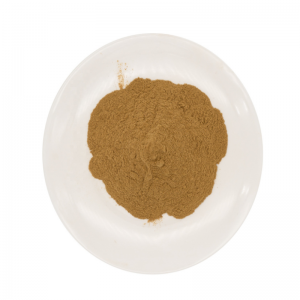Post Date: 5,May,2022
When cement is mixed with water, due to the mutual attraction between the cement molecules, the collision of the thermal motion of cement particles in the solution, the opposite charges of the cement minerals during the hydration process, and the certain association of the solvated water film after the cement minerals are hydrated. combined, so that the cement slurry forms a flocculation structure. A large amount of stirring water is wrapped in the flocculation structure, so that the surface of the cement particles cannot be fully contacted with water, resulting in an increase in water consumption and failure to achieve the required construction performance.
After adding the superplasticizer, the hydrophobic group of the charged superplasticizer molecule is directionally adsorbed on the surface of the cement particle, and the hydrophilic group points to the aqueous solution, forming an adsorption film on the surface of the cement particle, so that the surface of the cement particle has the same charge. Under the action of electric repulsion, the cement particles are separated from each other, and the flocculation structure of the cement slurry is disintegrated. On the one hand, the free water in the flocculation structure of the cement slurry is released, which increases the contact surface between the cement particles and water, thereby increasing the fluidity of the mixture; Moreover, the slippage between the cement particles also increases due to the thickening of the solvated water film formed on the surface of the cement particles. This is the principle that water reducing agents reduce water consumption due to adsorption, dispersion, wetting and lubrication.
Principle: In short, a water reducing agent is usually a surfactant that adsorbs on the surface of cement particles, making the particles exhibit electrical properties. The particles repel each other due to the same electric charge, so that the cement particles are dispersed, and the excess water between the particles is released to reduce the water. On the other hand, after adding the water reducing agent, an adsorption film is formed on the surface of the cement particles, which affects the hydration speed of the cement, makes the crystal growth of the cement slurry more perfect, the network structure is more dense, and improves the strength and structural density of the cement slurry.
When the slump of concrete is basically the same, the admixture that can reduce the water consumption is called concrete water reducer. Water reducing agent is divided into ordinary water reducing agent and high-efficiency water reducing agent. Those with a water reduction rate of less than or equal to 8% are called ordinary water reducers, and those with a water reduction rate of more than 8% are called high-efficiency water reducers. According to the different effects that superplasticizers can bring to concrete, they are divided into early-strength superplasticizers and air-entraining superplasticizers.
By introducing the function of adding water reducing agent to seal curing agent, we have a clear understanding of the problem of adding water reducing agent in the construction of seal curing agent. In simple terms, the role of the water reducing agent is a surface active agent, which can make the cement particles present the same electrode, and release the water between the particles through the physical properties of the same charge repulsion, thereby reducing the water.
Post time: May-05-2022






